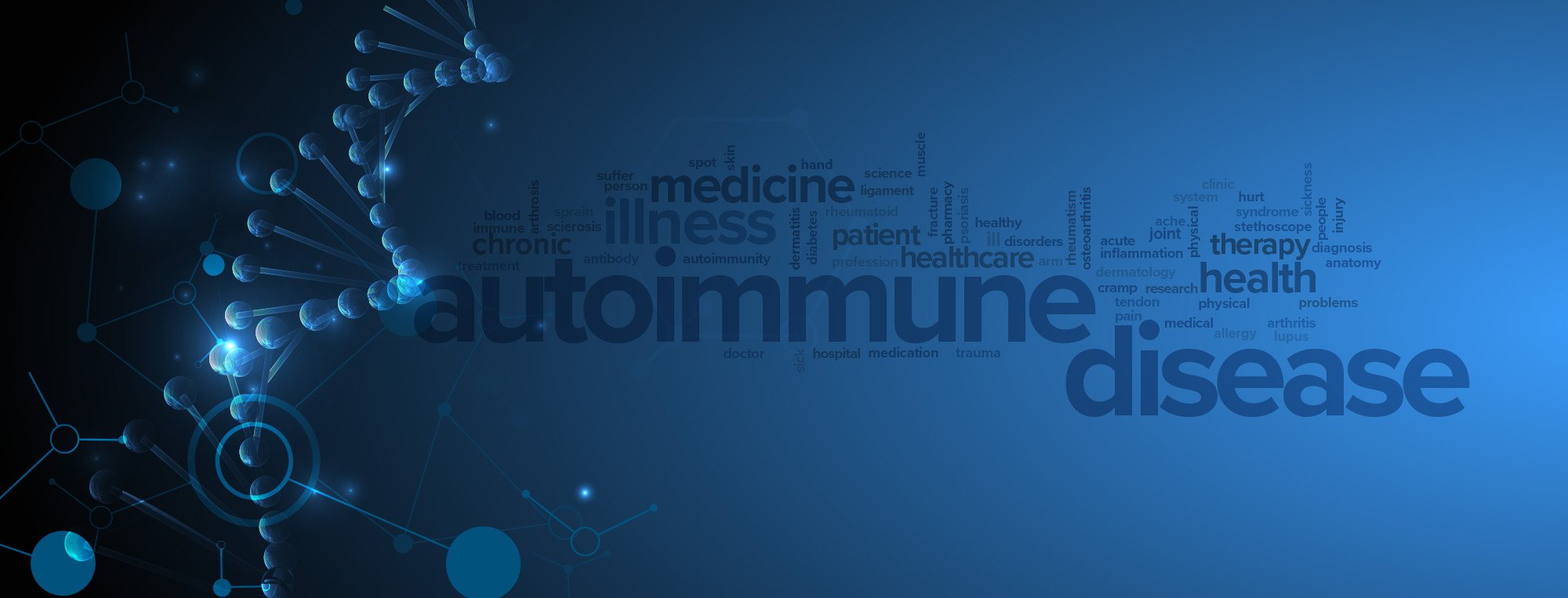
Understanding HLA-DRB1 (rs3135388)
What it means, why it matters, and how it could affect your health
What Are HLA Genes?
Think of Them as Your Body’s ID Check System
Your immune system is like your body’s security team. Its job is to find and destroy invaders—like viruses, bacteria, or anything that doesn’t belong.
But how does it tell what’s safe and what’s not?
That’s where HLA genes (Human Leukocyte Antigen genes) come in. These genes give instructions for making special proteins that sit on the surface of your cells. These proteins act like ID cards, helping your immune system recognize your own cells as "safe."
If everything’s working properly, your immune system checks these ID cards and leaves your healthy cells alone. If something looks unfamiliar or suspicious, the immune system takes action.
Everyone has a slightly different set of HLA "ID cards" (except identical twins), which is why people respond differently to infections—and sometimes, to their own body.
What is HLA-DRB1?
HLA-DRB1 is one important gene in the HLA system. It’s part of the Class II HLA genes, which help your immune system detect and respond to threats.
The HLA-DRB1 gene is especially active in immune cells like:
B cells
Macrophages
Dendritic cells
These cells act like messengers, showing pieces of germs or damaged tissue to other immune cells and saying, “Should we attack this?”
But sometimes, this system goes wrong…
What is rs3135388?
Let’s break that down.
Your genes are made up of DNA—a long code with billions of letters.
A Single Nucleotide Polymorphism (SNP) is like a small spelling change in this code.
rs3135388 is the name of one specific SNP near the HLA-DRB1 gene. It’s often used as a marker for a specific version of the gene called HLA-DRB1*15:01.
When researchers study rs3135388, they’re usually using it to detect whether someone has this version of the gene.
Why Does It Matter? The Link to Autoimmune Diseases
Autoimmune diseases happen when the immune system mistakenly attacks the body’s own tissues, treating them like invaders.
Certain versions of HLA genes—like HLA-DRB1*15:01—can increase the risk of this happening. This doesn’t guarantee a problem, but it does raise the chances, especially when combined with environmental triggers like:
Viral infections
Smoking
Low vitamin D
Chemical exposure
The rs3135388 SNP is closely tied to this HLA-DRB1*15:01 gene version, which has been linked to multiple autoimmune diseases.
Autoimmune Diseases Associated with rs3135388 (HLA-DRB1*15:01)
✅ Multiple Sclerosis (MS)
Affects the brain and spinal cord
Symptoms: vision problems, numbness, fatigue, muscle weakness
Strongest known link to rs3135388
Having this SNP increases MS risk by 3 to 6 times, especially in people of Northern European ancestry
✅ Systemic Lupus Erythematosus (SLE or Lupus)
Affects many organs—skin, joints, kidneys, and more
Symptoms: joint pain, rashes, fatigue, kidney issues
rs3135388 is more common in SLE patients, especially in Tunisian and Asian populations
✅ Goodpasture Syndrome
Affects the lungs and kidneys
Symptoms: coughing blood, kidney failure
HLA-DRB1*15:01 presents a specific “epitope” (target) that may trigger autoimmune attacks in this condition
✅ Juvenile Rheumatoid Arthritis (JRA)
A form of arthritis in children
Symptoms: joint swelling, pain, stiffness
Linked to HLA-DRB1*15:01 in some genetic studies
✅ Sjögren Syndrome
Targets moisture-producing glands
Symptoms: dry eyes, dry mouth
Often co-occurs with Lupus and shares HLA-DRB1*15:01 associations
🟡 Possible Association: Narcolepsy
A sleep disorder possibly with autoimmune origins
Weak association when combined with another marker (DQB1*0602)
Less conclusive evidence than for other diseases
What If You Have the rs3135388 Variant?
Here’s what it doesn’t mean:
It doesn’t mean you have an autoimmune disease.
It doesn’t guarantee you’ll ever develop one.
It isn’t a diagnosis.
Here’s what it might mean:
You may have a slightly higher risk for certain autoimmune diseases (especially MS).
It could be one clue among many if you ever experience unusual symptoms.
It may help your doctor look more closely at potential causes if something’s wrong.
Symptoms to Watch For
If you have this SNP, keep an eye out for:
Unexplained fatigue
Vision problems
Numbness or tingling
Joint pain or swelling
Skin rashes
Persistent dry eyes or mouth
Balance or coordination issues
Breathing problems or blood in urine (for Goodpasture syndrome)
If you notice anything unusual, talk to your doctor. Early detection and treatment can make a big difference.
The Bigger Picture
Having rs3135388 is just one part of the puzzle. Autoimmune diseases happen because of:
Genes
Environment
Lifestyle
Possibly even chance
Think of it like this:
Having rs3135388 is like standing outside during a thunderstorm. You’re at higher risk of getting struck by lightning compared to someone indoors, but it doesn’t mean you will get struck.
Final Thoughts
Genetic information can be powerful—but only when used wisely.
If you’ve tested positive for rs3135388 or HLA-DRB1*15:01, don’t panic. Use this knowledge to:
Be proactive about your health
Make lifestyle choices that reduce risk (like avoiding smoking and boosting vitamin D)
Stay informed and connected with your healthcare provider
It’s a clue, not a conclusion.
